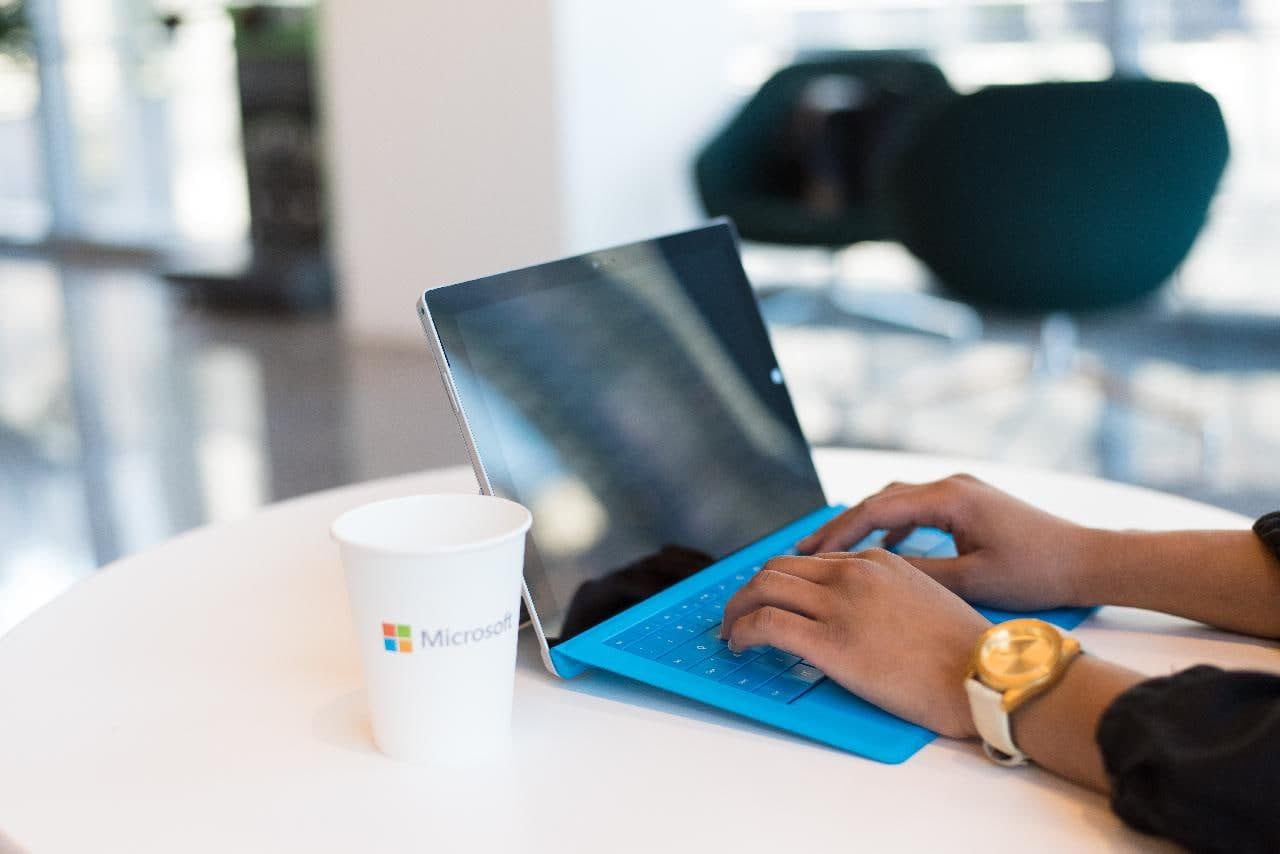When you sign in to Windows 10 with a Microsoft account, your settings and data are saved in the cloud. This allows you to sync personalized settings between Windows 10 devices and sync files from OneDrive. It also provides access to Windows Store apps.
If you need to create an account on a PC that doesn’t have or require a Microsoft account, Windows offers local accounts as an alternative. Here’s how to get started. This article also shows you how to switch from a Microsoft account to a local Windows account in Windows 10.
Create a Local Windows 10 Account
To create a local Windows 10 account, log in to an account with administrative privileges. The below steps will show you how to create a local Windows 10 account.
- Open the Start menu, click the user icon, and then select Change account settings.

- In the left pane of the Settings dialog box, select Family & other users.
- Then, click Add someone else to this PC under Other users on the right.

- Do not enter an email or phone number on the How will this person sign-in screen. Instead, click the I don’t have this person’s sign-in information link.

- At the bottom of the Microsoft account dialog box, click the Add a user without a Microsoft account link.

- Enter the user’s name under Who’s going to use this PC and type the password twice under Make it secure.
- Choose three security questions and enter answers under In case you forget your password.
- Then, click Next. Microsoft creates a new local account.

Switch to the New Local User Account
You can switch to the new local account without exiting your current one. Here’s the step to do it.
- Open the Start menu.
- Click the user icon.
- Click on the new local user name.

Change the Account Type for a Local User
By default, when creating a new user account, it is a standard user account, which is better for security. You have the option of making it an Administrator account. However, you should only do so if the account is for you or someone you trust.
- Open the Start menu and click PC Settings.

- Click Accounts on the Settings screen.

- Then click Family & other users under Accounts in the left pane.

- Click on the Standard account name and click Change account type.

- Select Administrator from the Account type drop-down list and click OK.

That’s it. These steps show that it’s not difficult to create a local user in Windows 10. Keep in mind that this user will not be able to sync their settings across computers, including Mail. Even if you are using a local Windows user account, you can log in to your OneDrive account using the OneDrive app to be able to do it.





